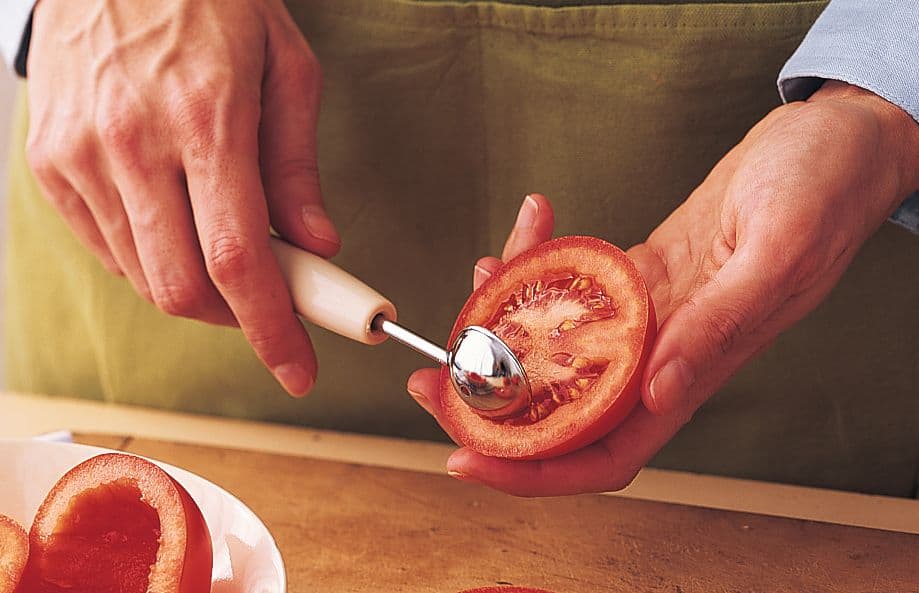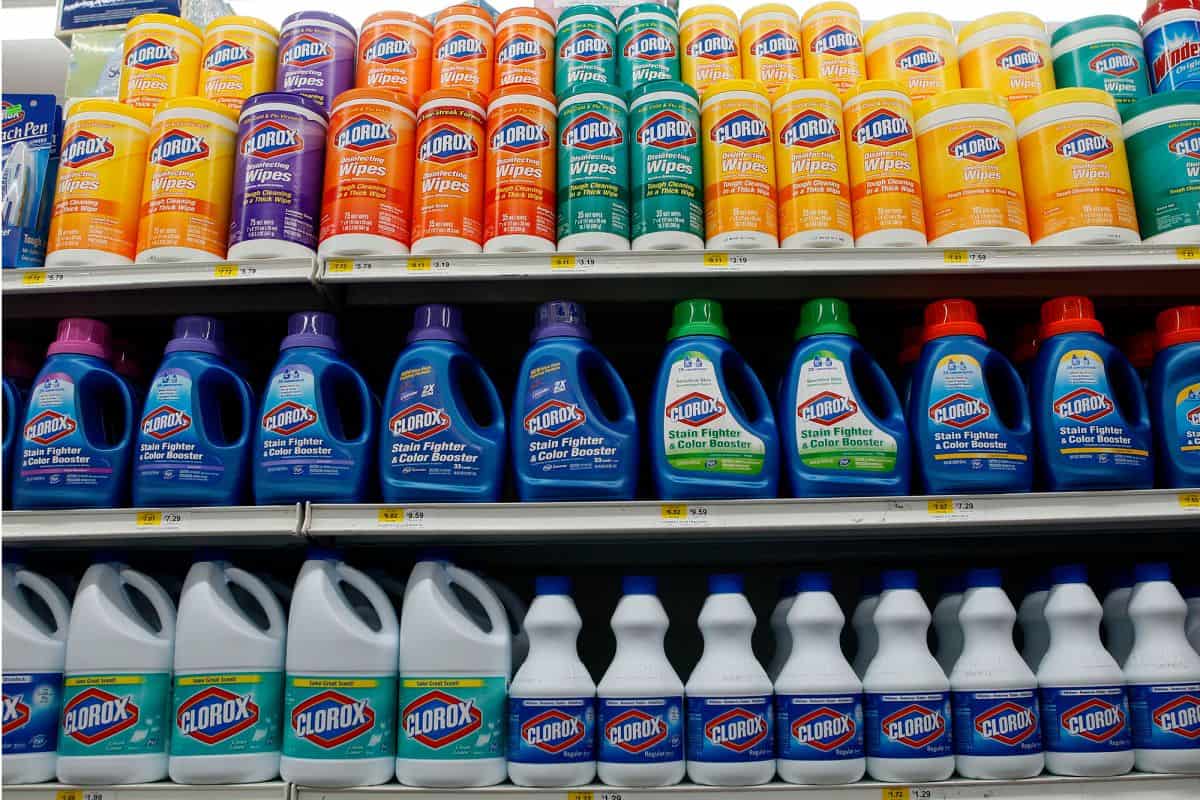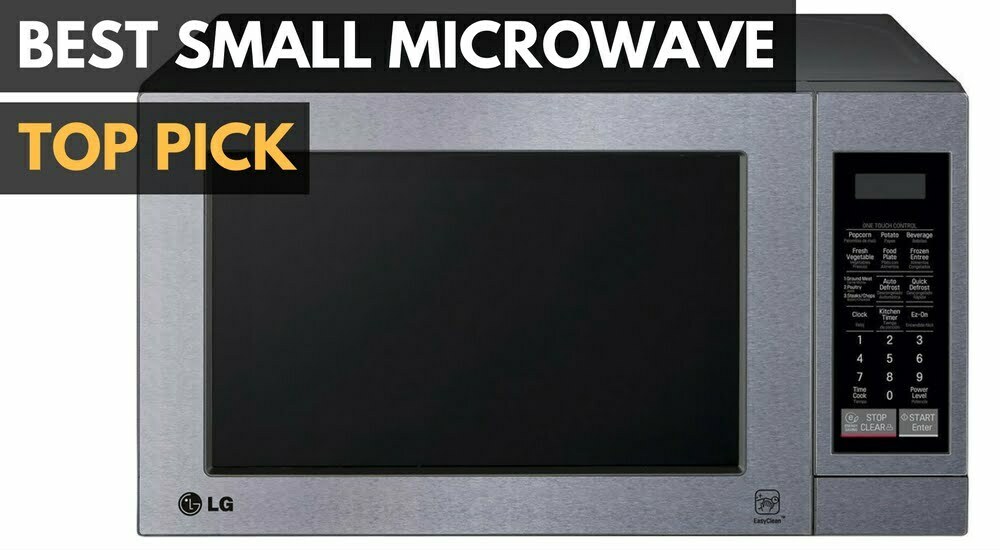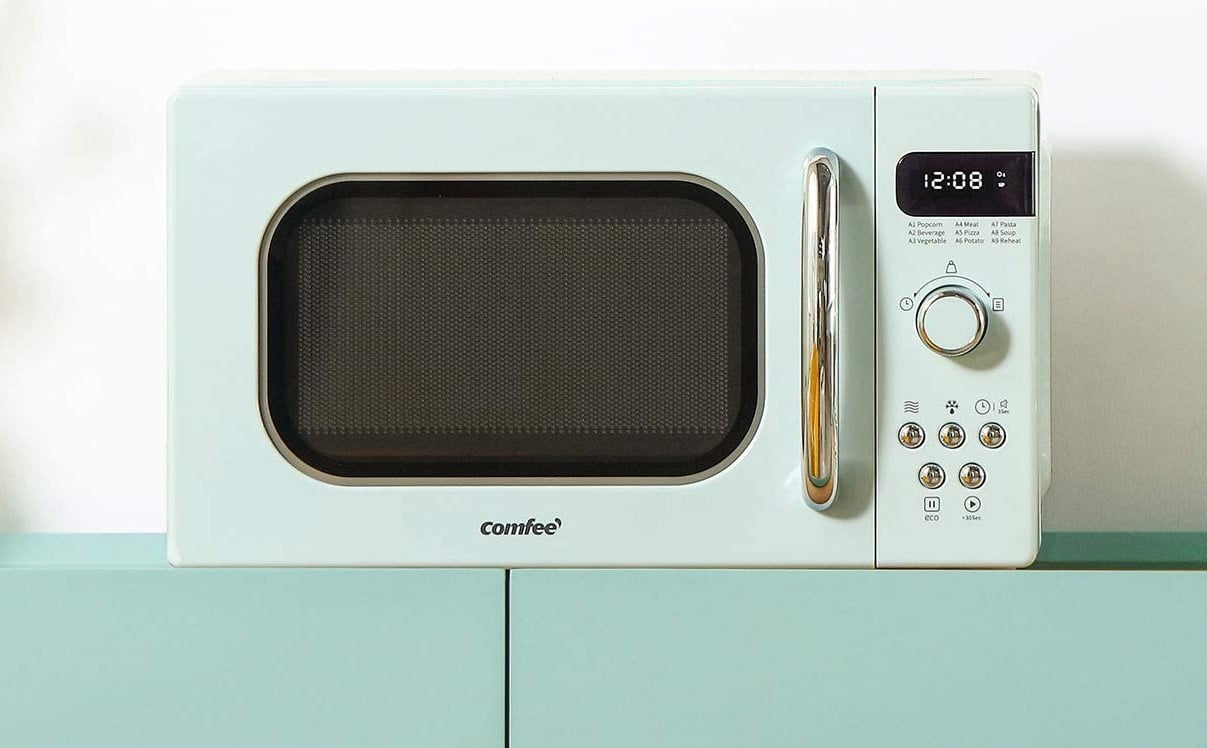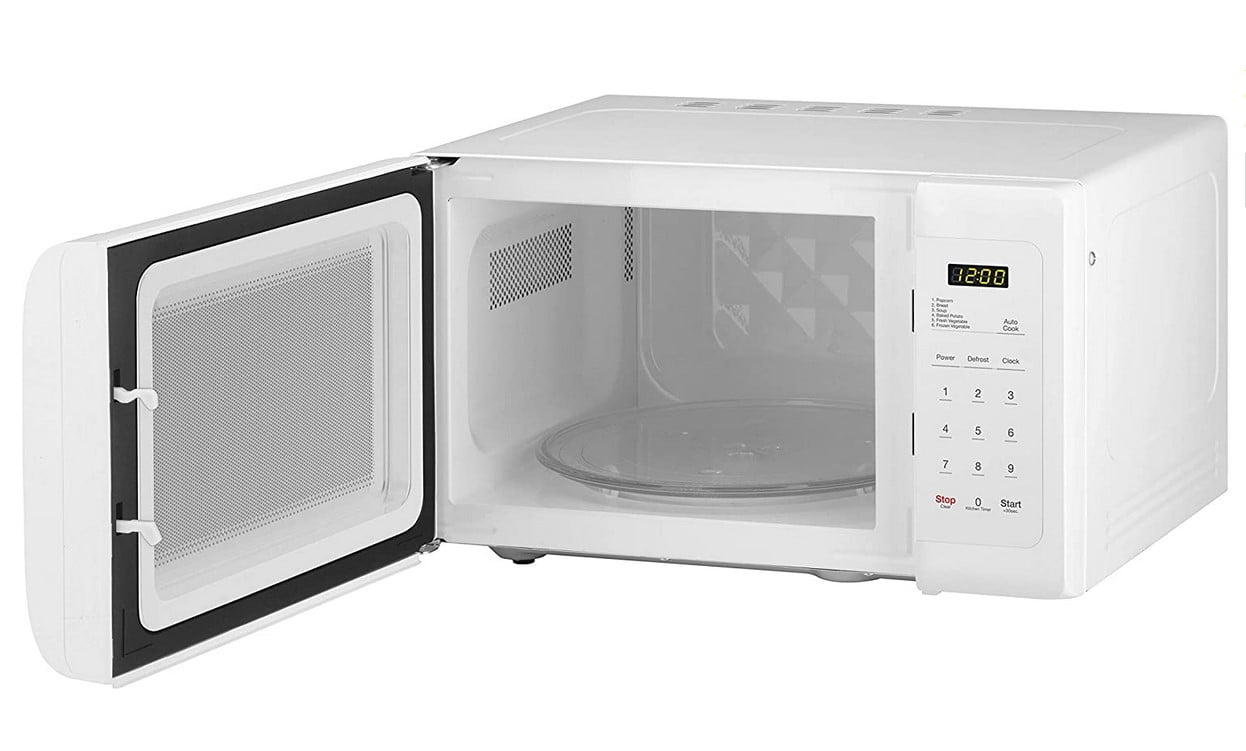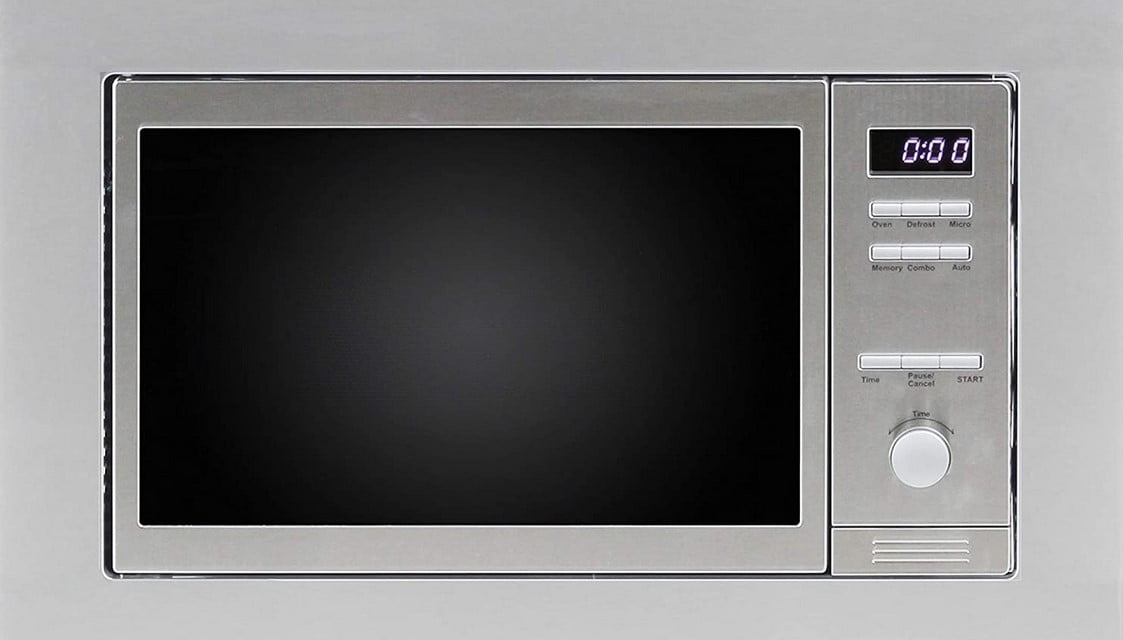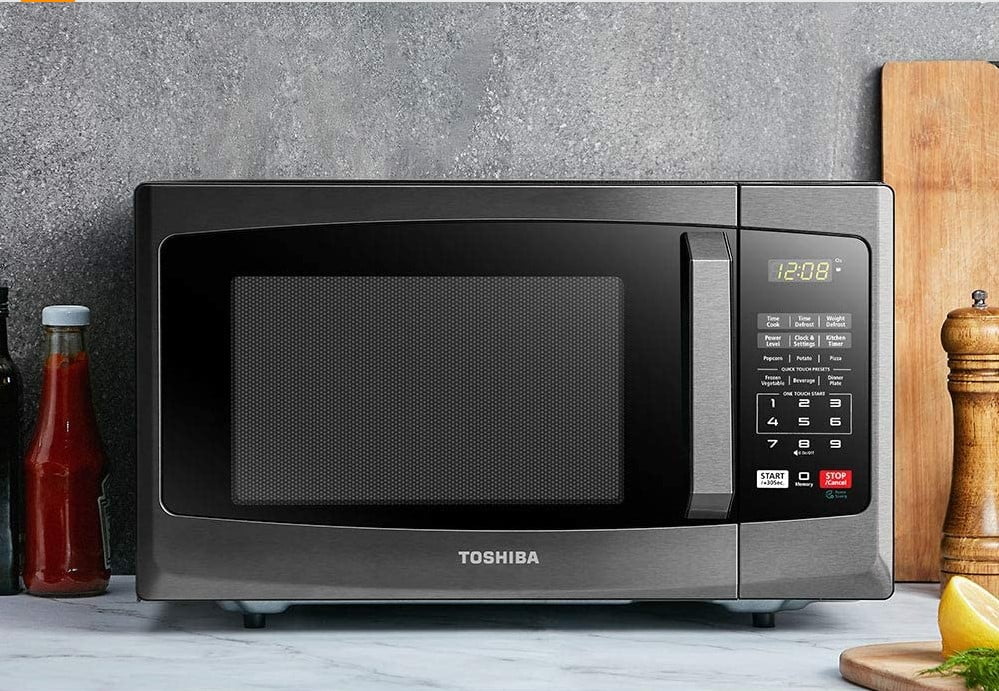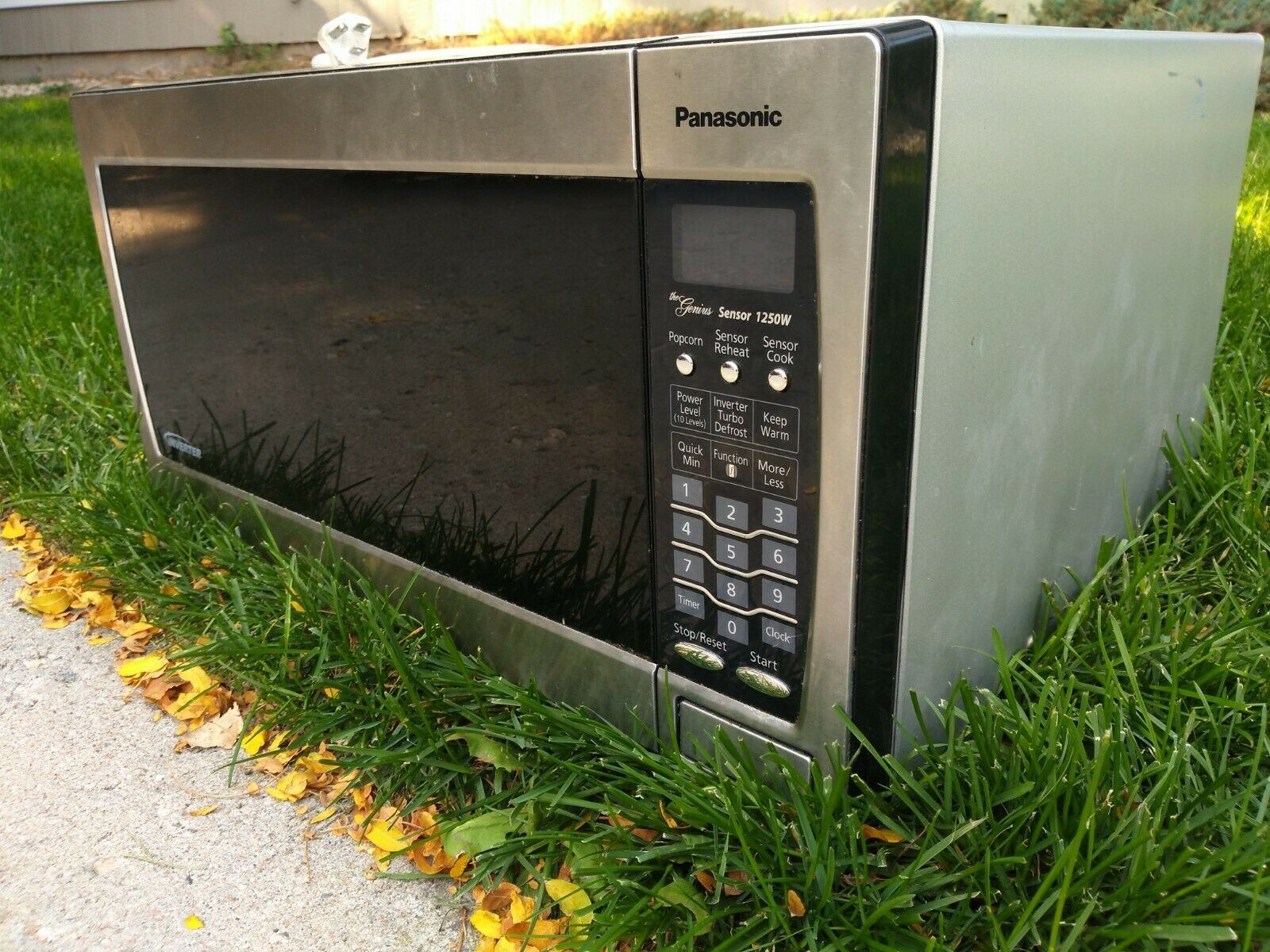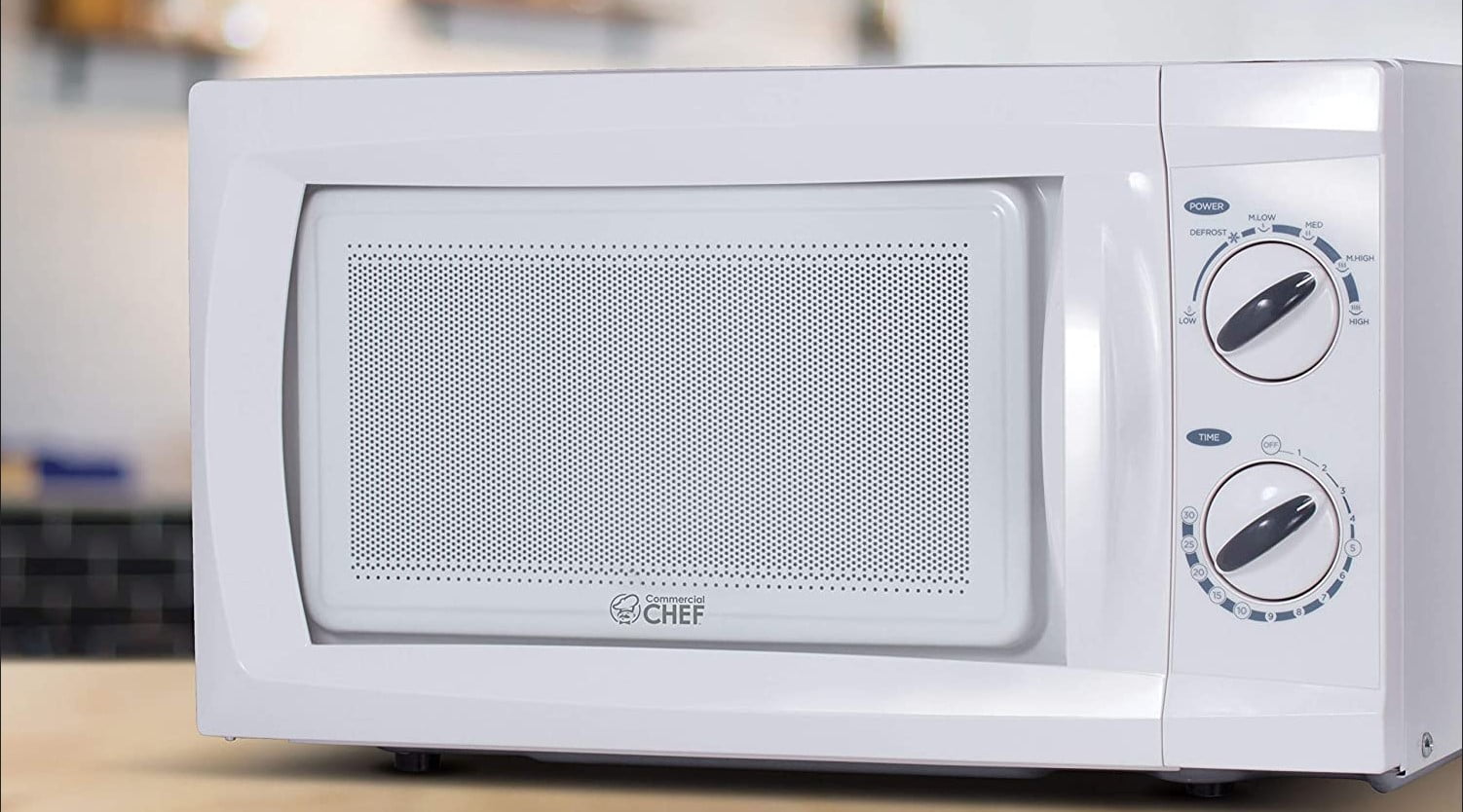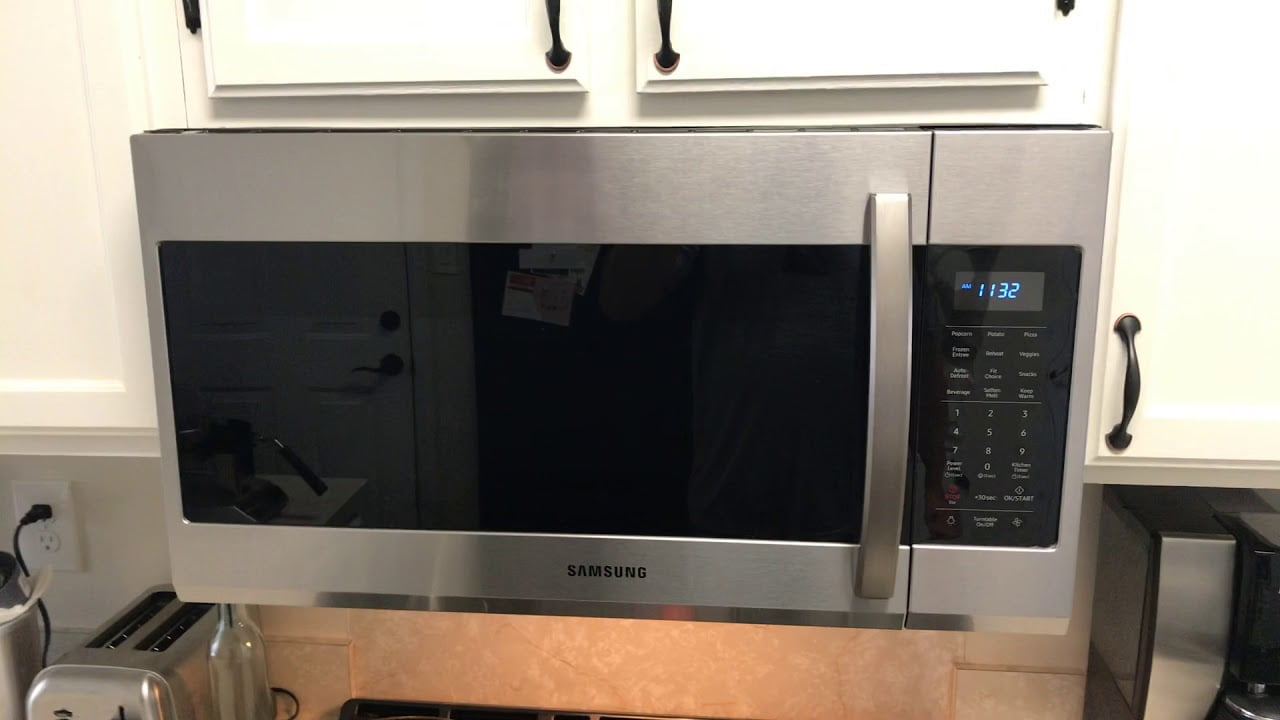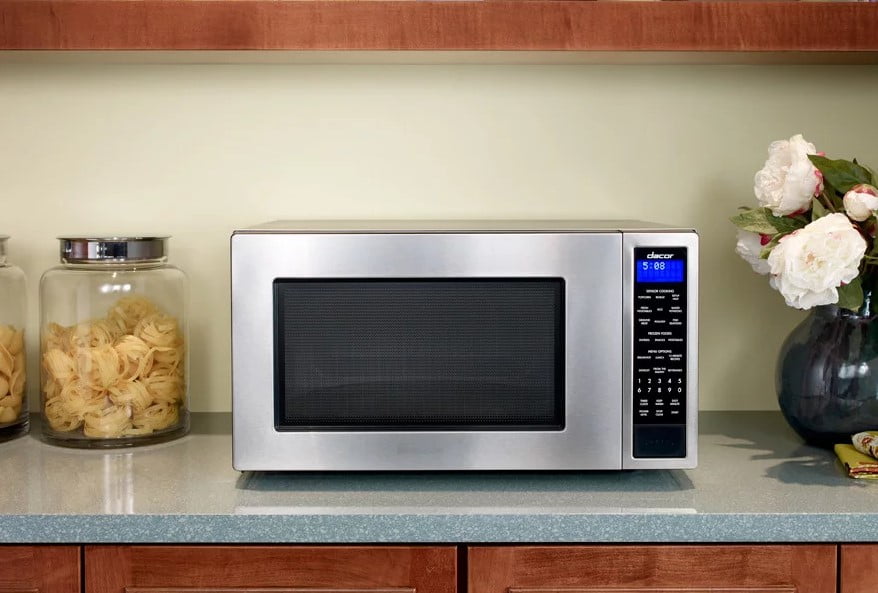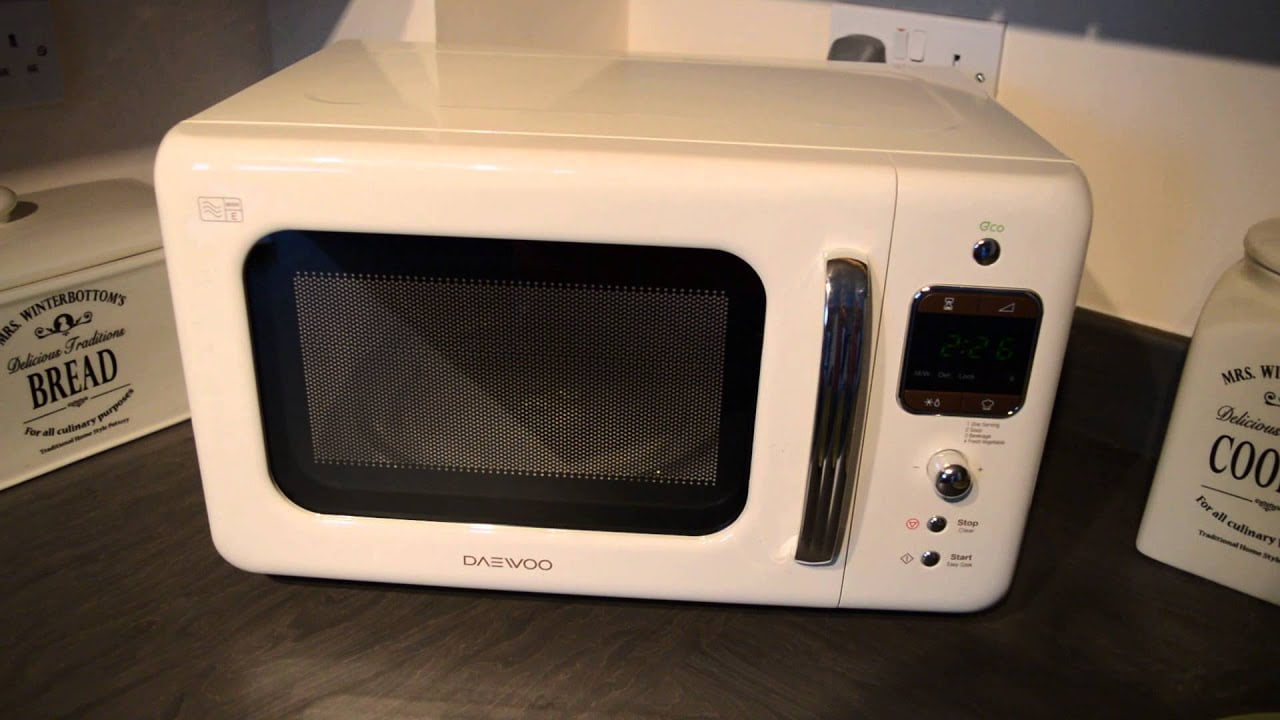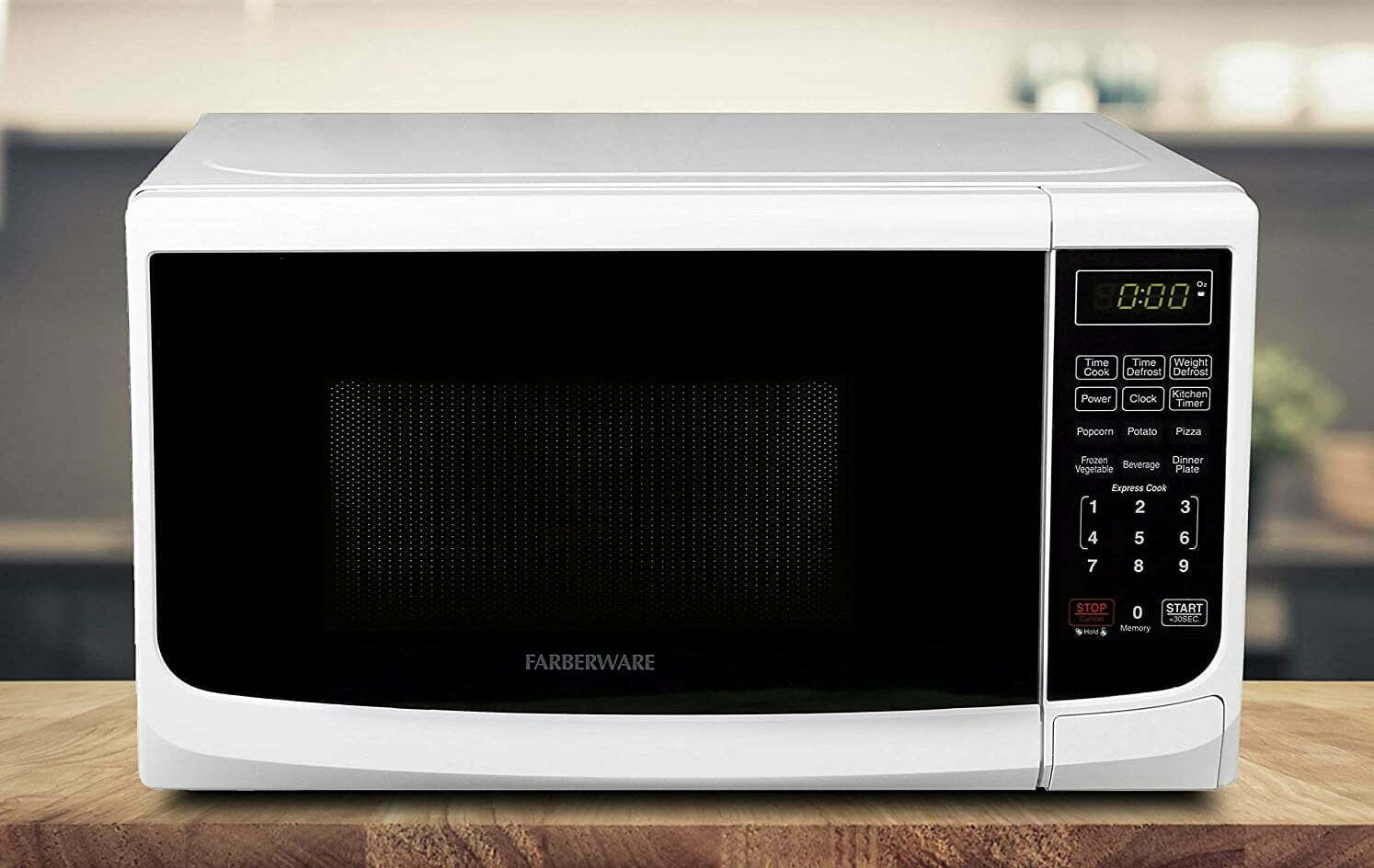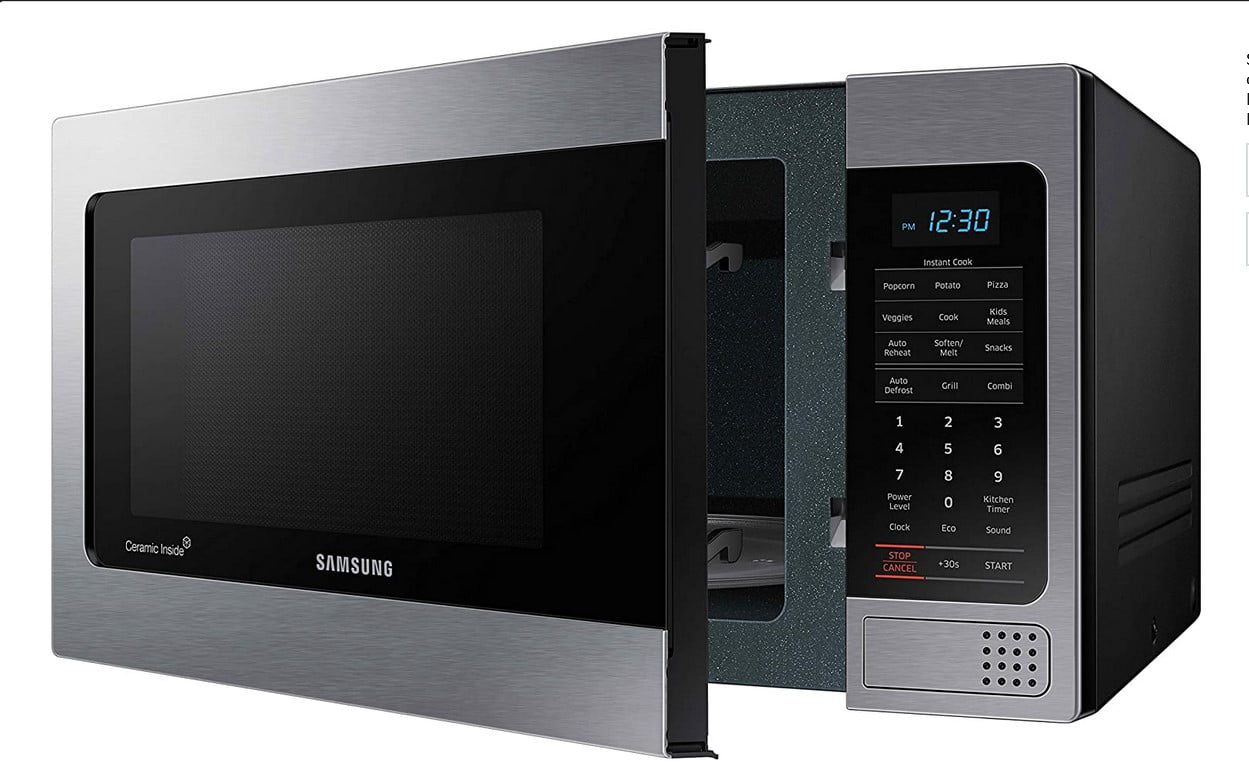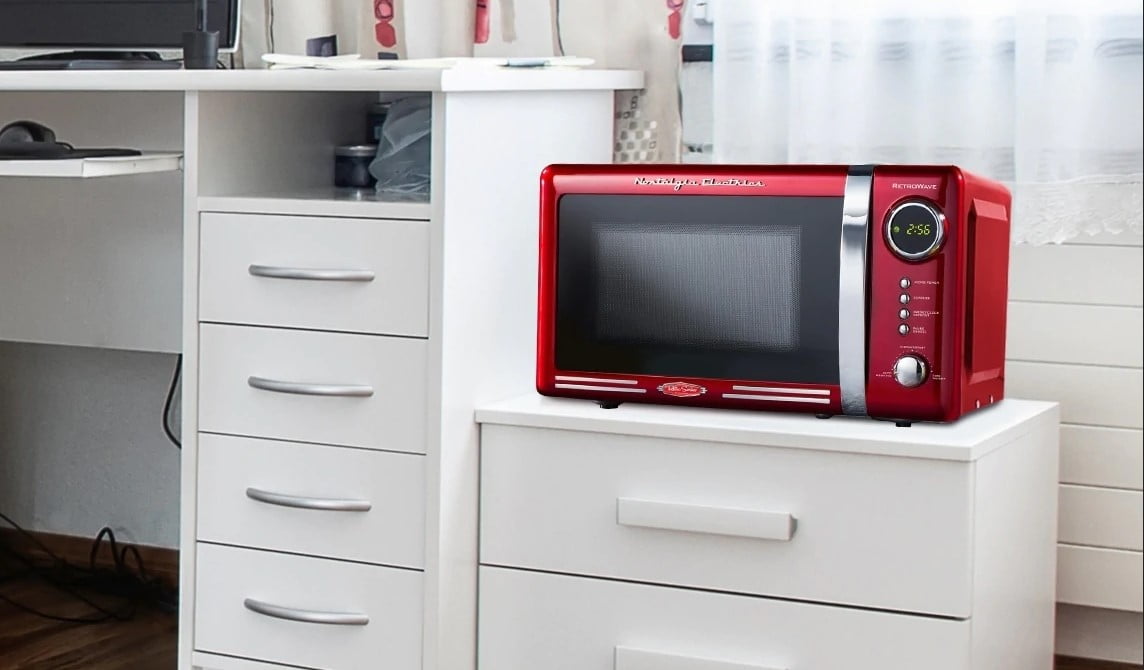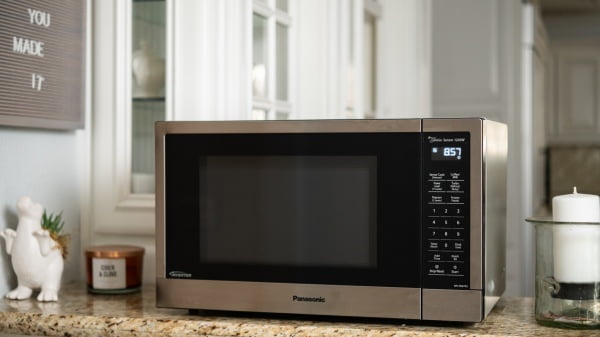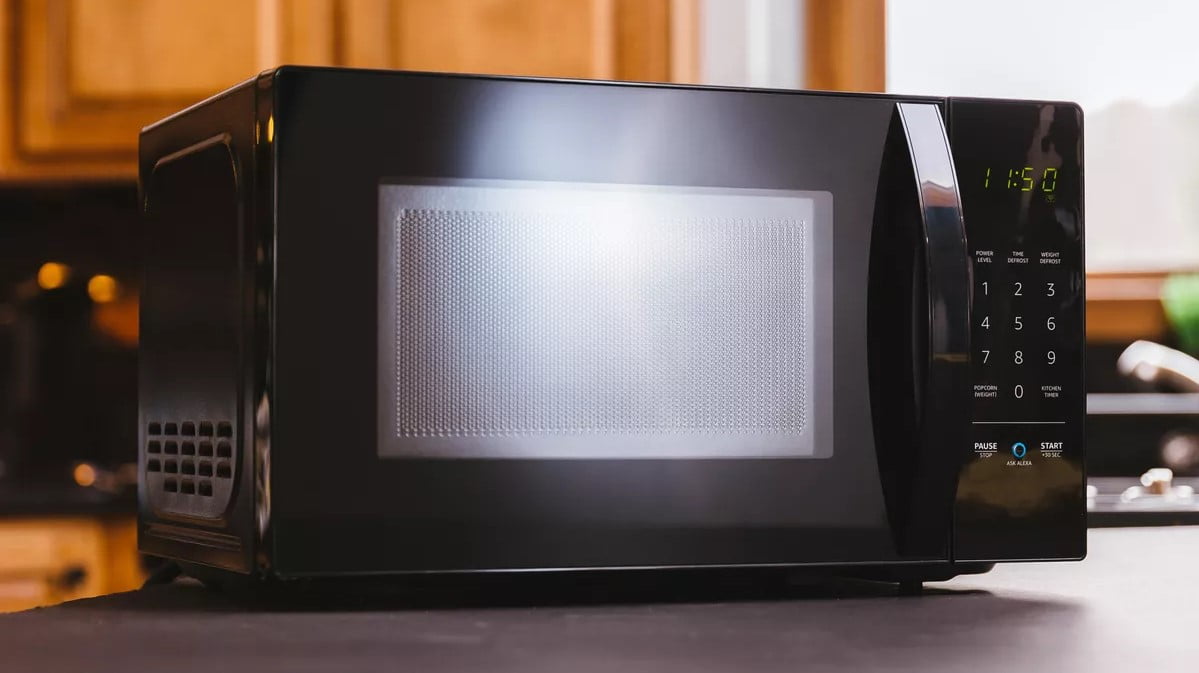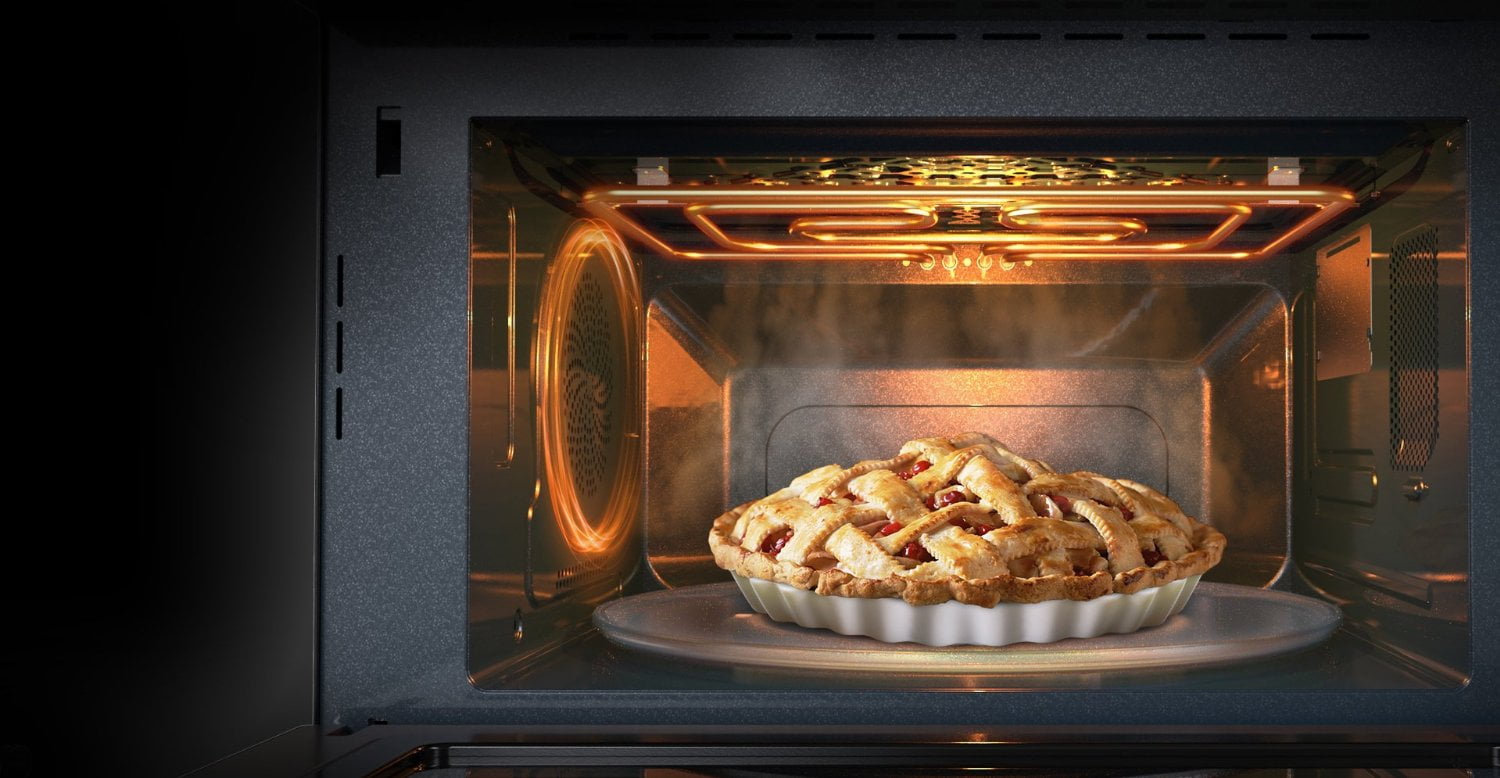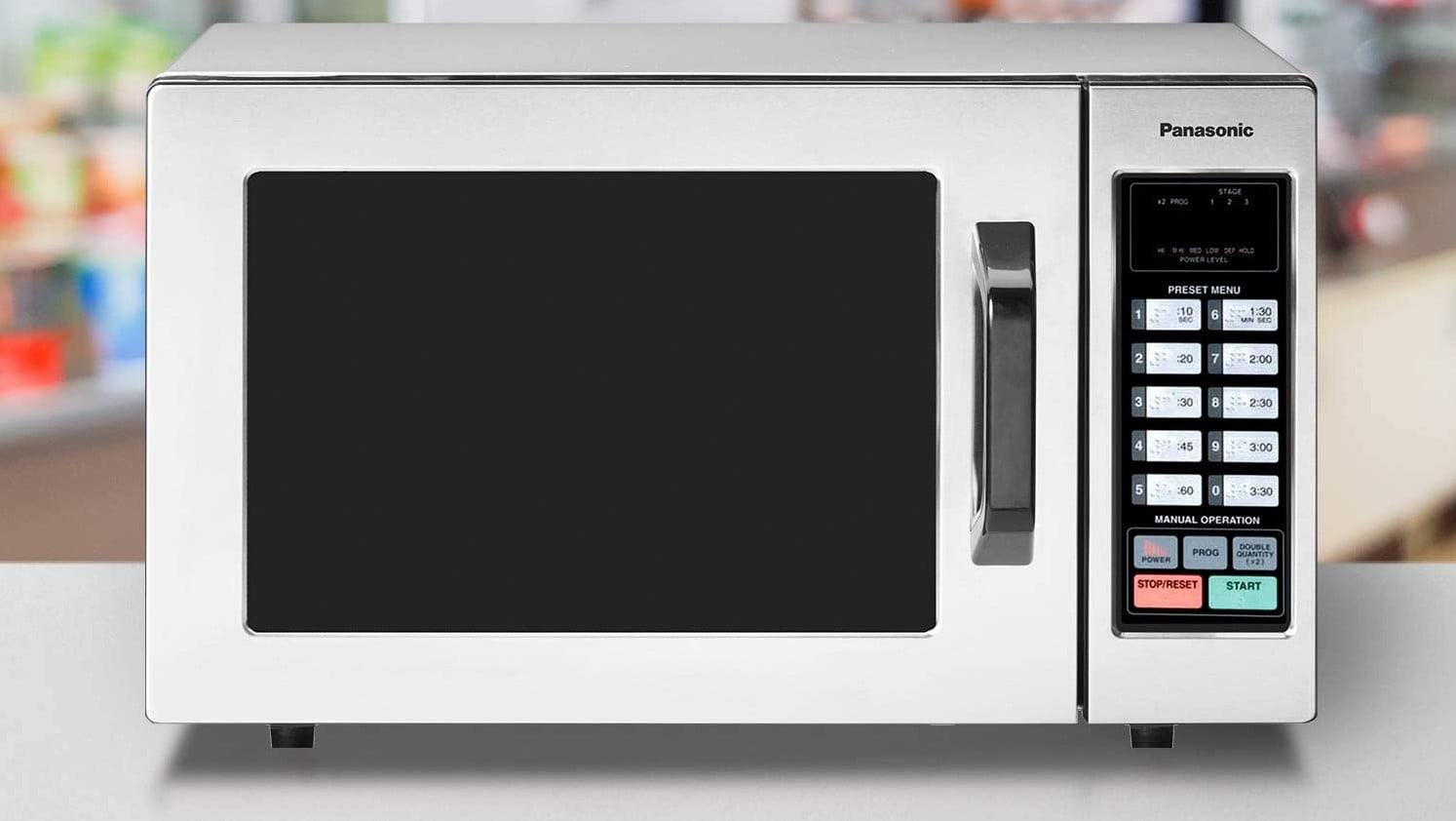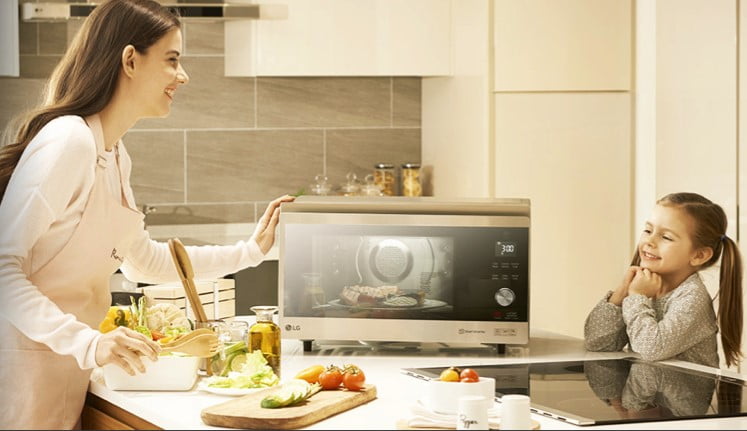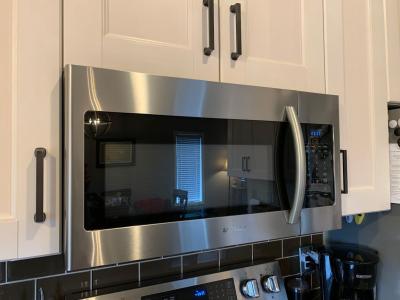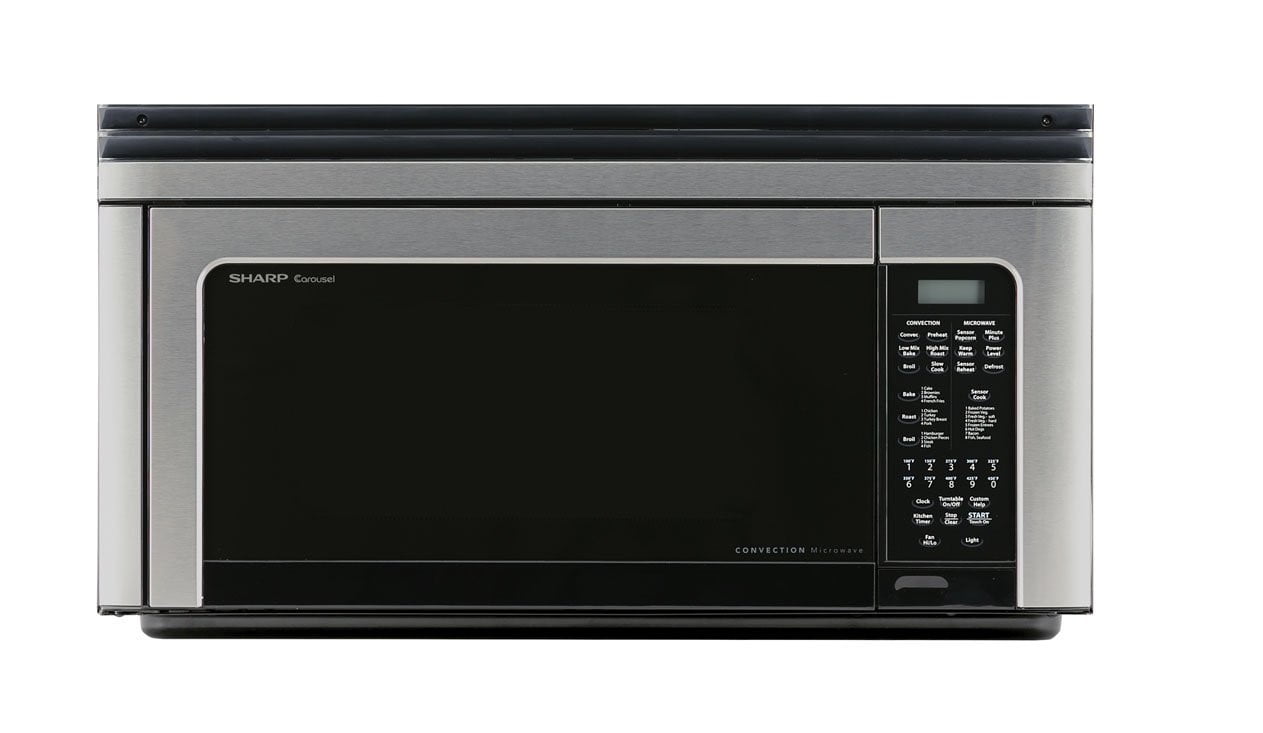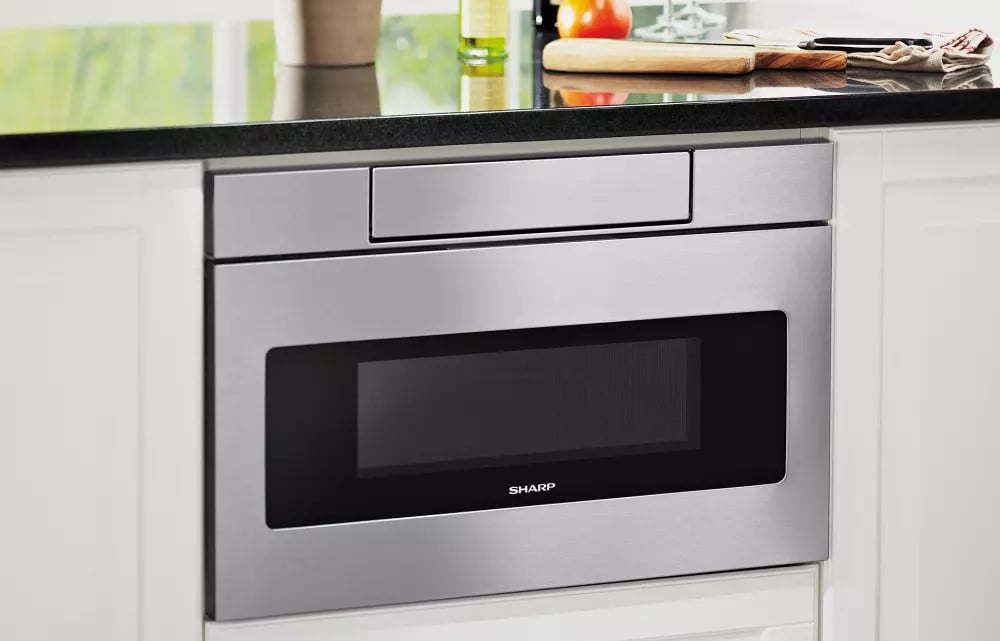If you have been experimenting with the joys of microwave cooking, you may wonder you cannot put in a microwave oven. Even the best microwave ovens place certain restrictions on what can and cannot be placed inside the microwave cavity. Keep reading to find out more information.
KEY TAKEAWAYS:
- Microwaves are great to cook a wide variety of foods, but not every packaging material can be placed inside the cavity.
- Avoid metal of all kinds, including containers with metal handles, aluminum foil, metal lids, and more.
- You should also avoid certain plastics, such as those with BPA, and Styrofoam.
How Does a Microwave Work?
Before you learn what can and cannot be placed inside a microwave, it can be helpful to get a simple primer on how a microwave works. These ovens use a component called a magnetron that releases radio waves in the form of heated electrons that are absorbed by some materials, including food items. This is why microwaves tend to cook ingredients from the inside out. Not all types of materials can absorb these electromagnetic waves, thus the below list. Placement will not impact efficacy, but knowing how to place a microwave oven could impact the overall flow and appearance of your kitchen.
What Cannot be Placed in Microwave?
There are a number of materials that should not be placed inside of a microwave during use for a variety of reasons.
Insider Tip
Look for the microwave-safe label on any container you are thinking of placing inside of the cavity. You can also check the packaging.
Metal
This is the prime offender. Metal should never be placed inside of a microwave, as metal does not absorb microwaves. At best, metal will shield and protect the food from said radio waves, so they won’t get cooked. At worst, metal will interact with the electrical components of a microwave, causing sparks and even fires in the process. Do not even place a little bit of metal in a microwave during use. This includes flecks of aluminum foil, metal handles, and just about anything else. If your microwave already includes a pre-existing metal rack, that will be fine, as these are designed to avoid sparks and fires. Feel free to place metal in a conventional oven.
Styrofoam
Styrofoam is a no-no, as it can actually melt and release harmful chemicals into your food. This includes Styrofoam cups, plates, and containers of all kinds. If you have a cup of matzah ball soup, for instance, and you just learned how to Kasher a microwave, be sure that the soup is not stored in Styrofoam.
Certain Plastics
Certain plastics should not be placed in a microwave, such as those that include BPA. The wrong plastics can release harmful chemicals as the microwave cooks, which are not exactly fun to ingest. Stick to a microwave-safe container to cook hot peppers, popcorn, or just about anything else. Check ahead of time, as some plastic containers are fine.
F.A.Q.S
Is aluminum foil safe to put in the microwave?
Absolutely not. Aluminum foil can spark and catch fire if placed in a microwave. If you have frozen meats wrapped in foil, remove the foil ahead of time. Also, be sure to check for any metal in Chinese take-out containers.
Can you boil water in the microwave and should you?
Sure, you can boil water in a microwave as it can save time when preparing tea or even hard-boiled eggs. Just make sure you use a microwave-safe container.
Can you microwave paper towels?
You can microwave paper towels, but avoid certain kinds of plastic wrap.
STAT: A microwave oven consumes about 75% less energy in performing a similar task when compared to a conventional oven. (source)

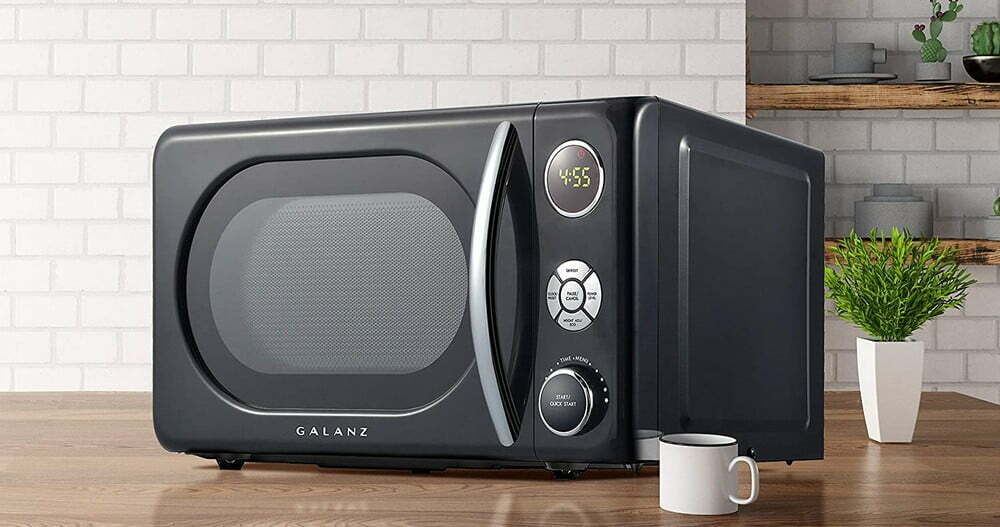













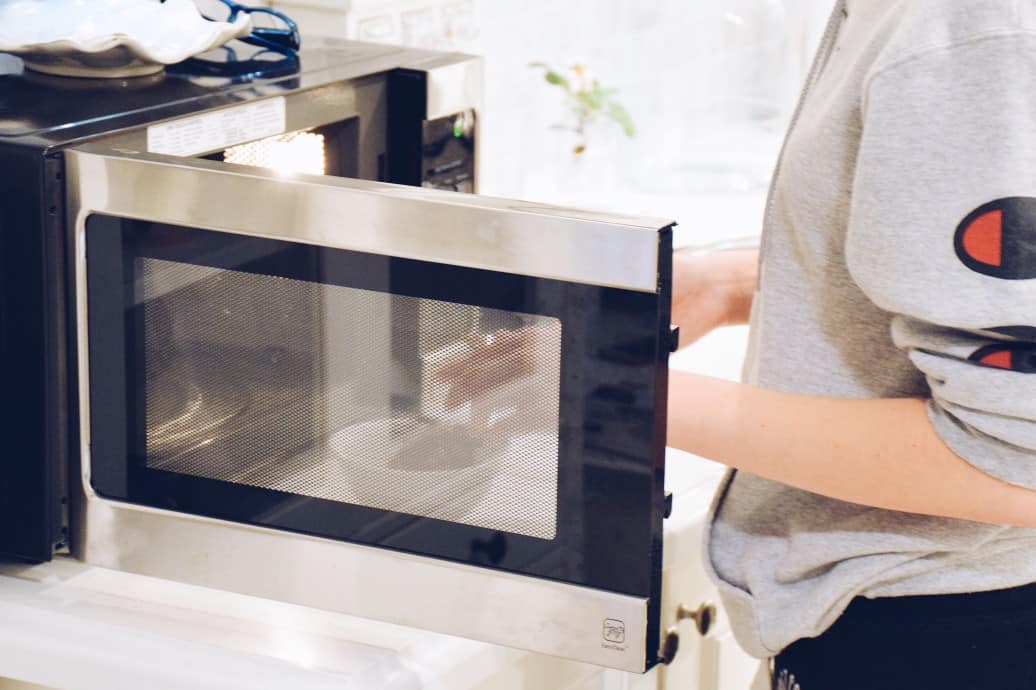
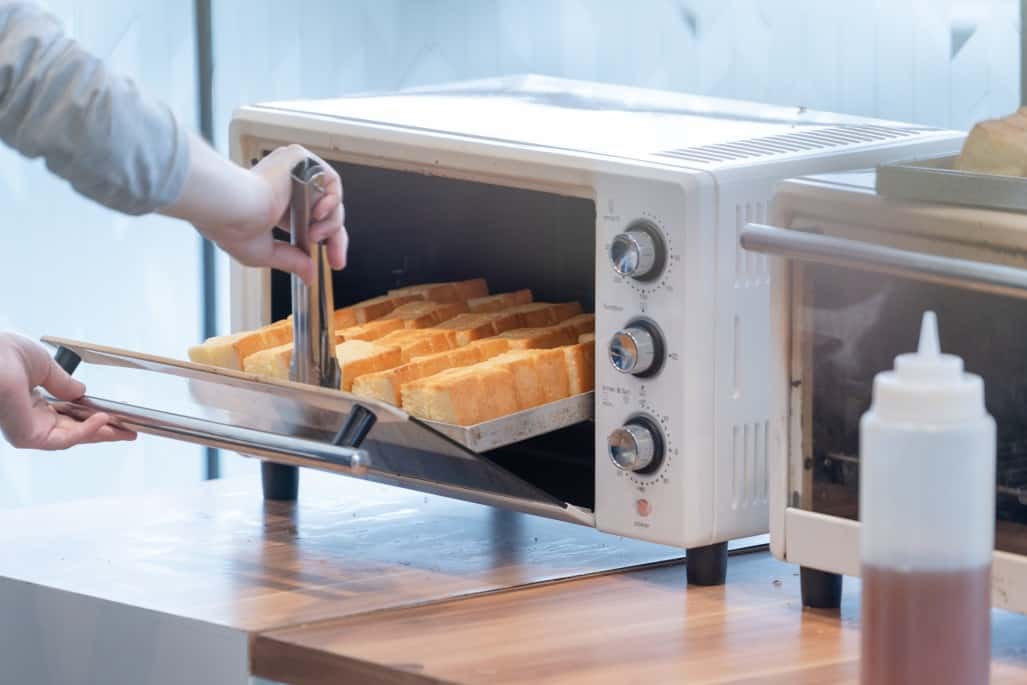
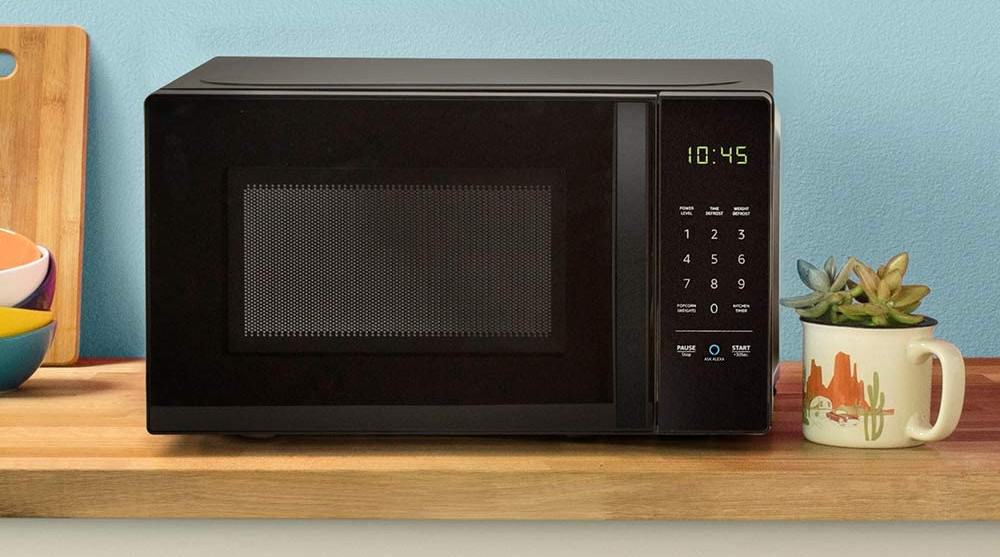

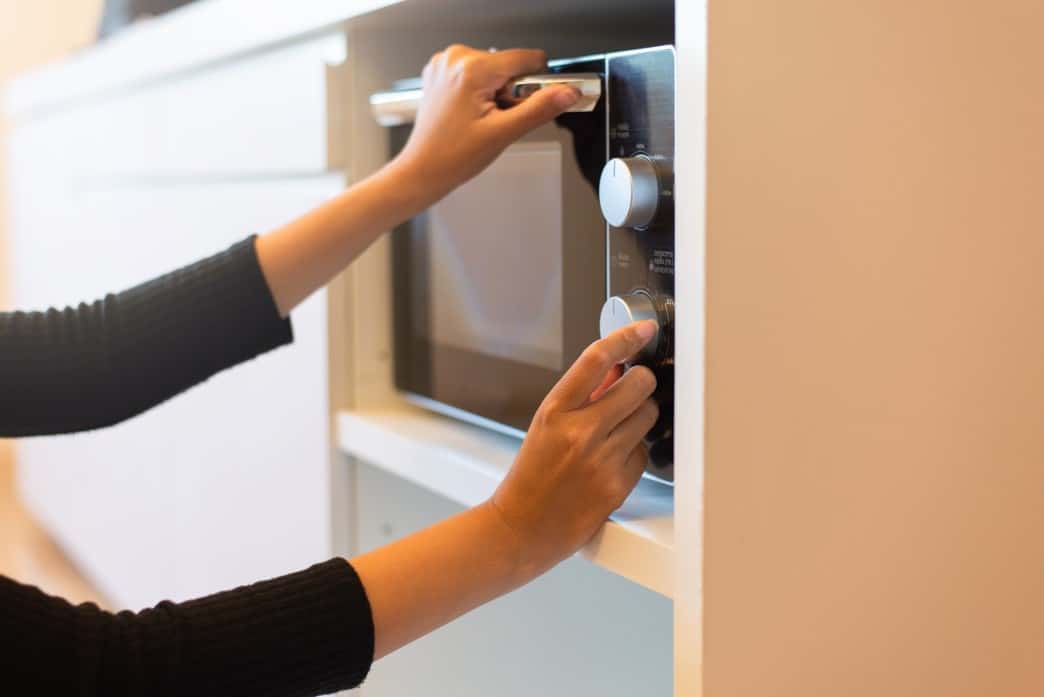
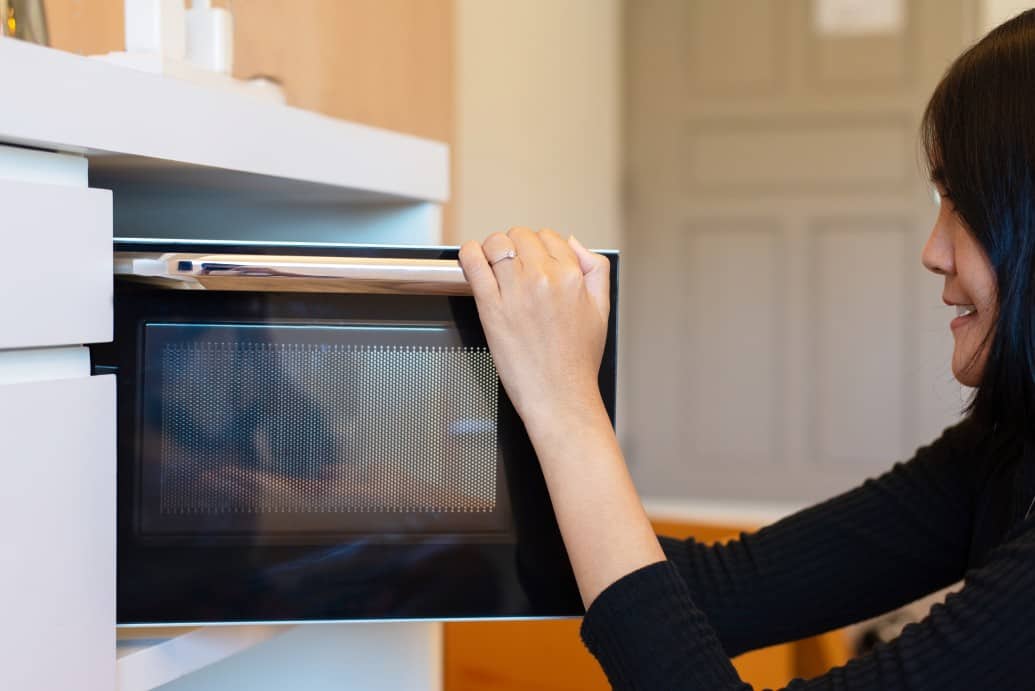
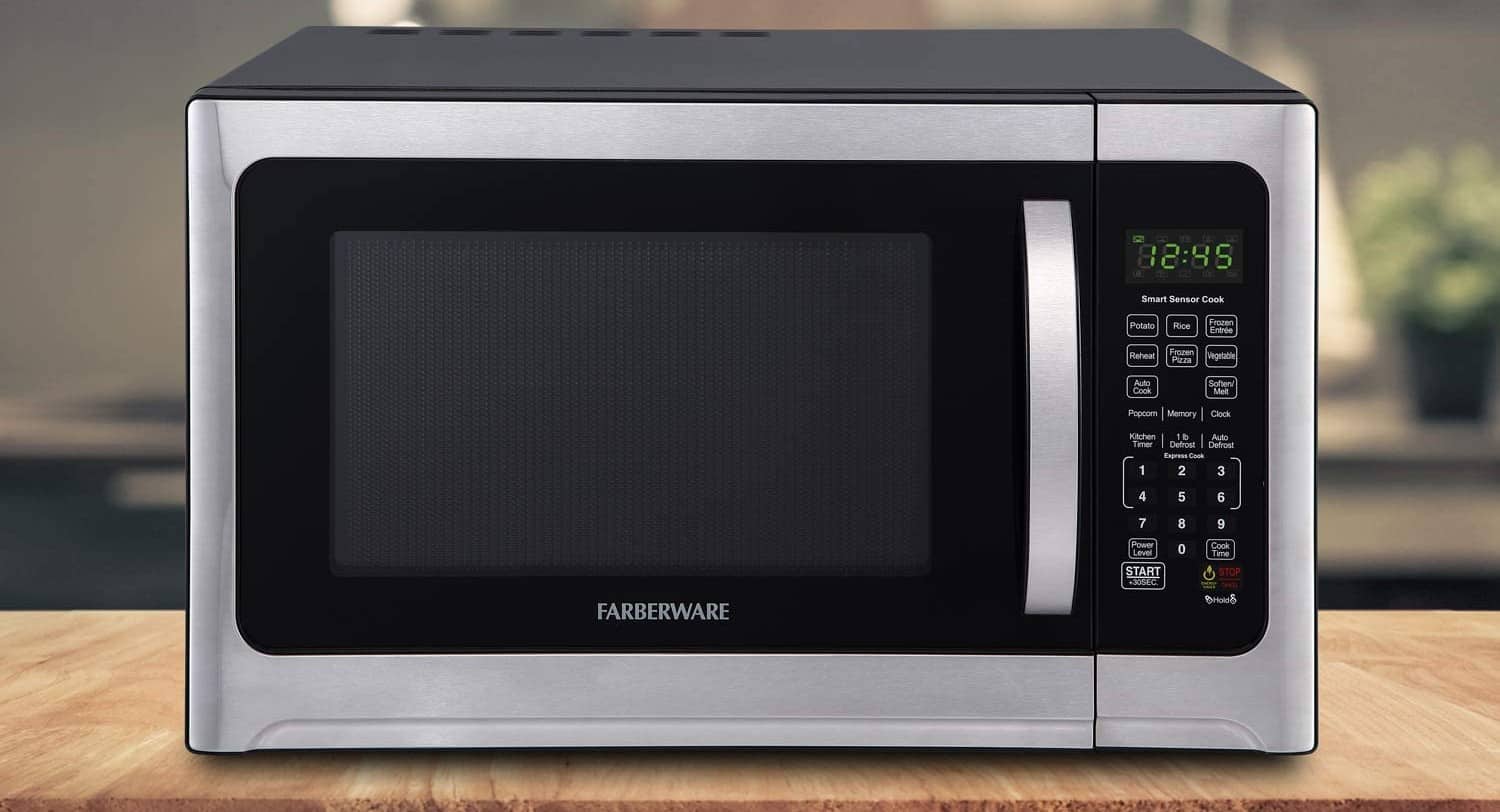
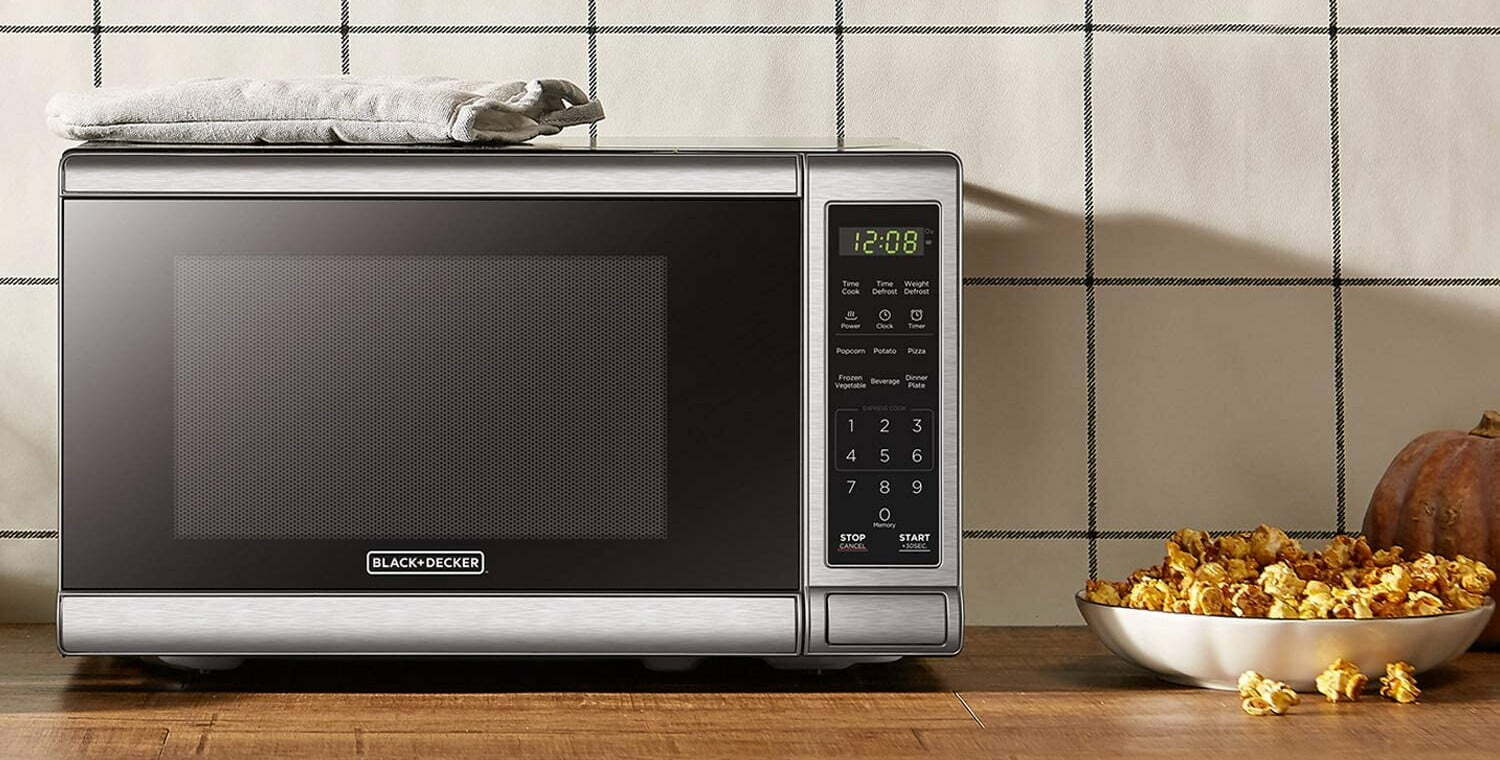
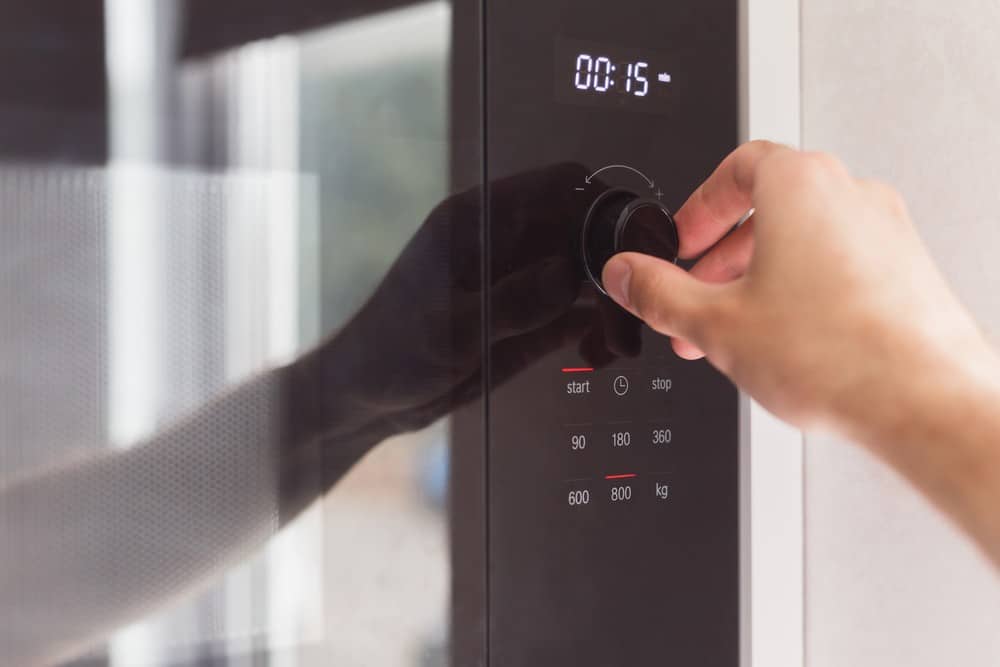
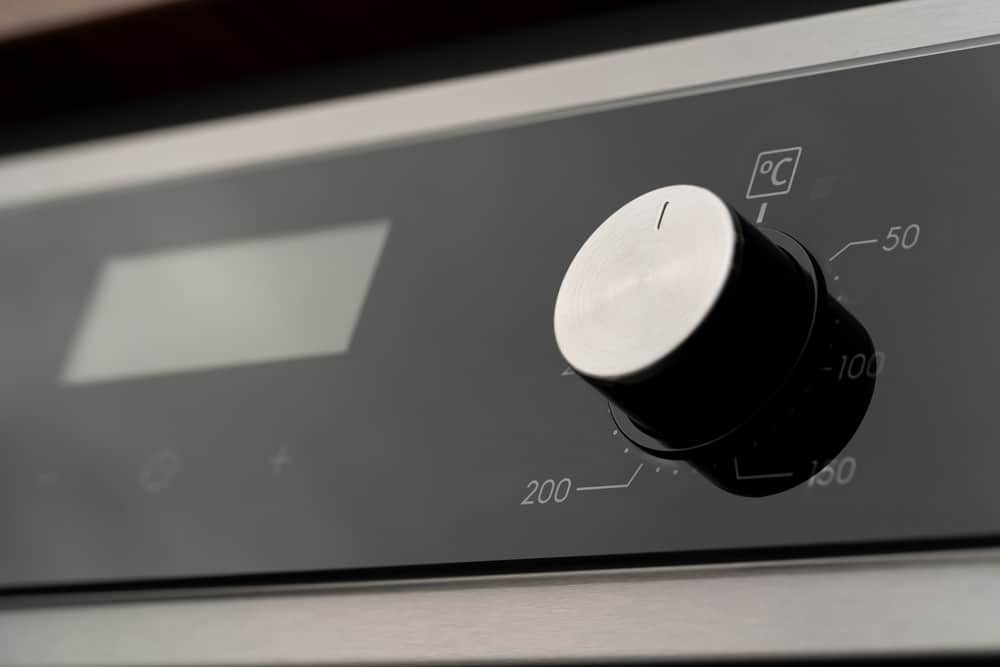
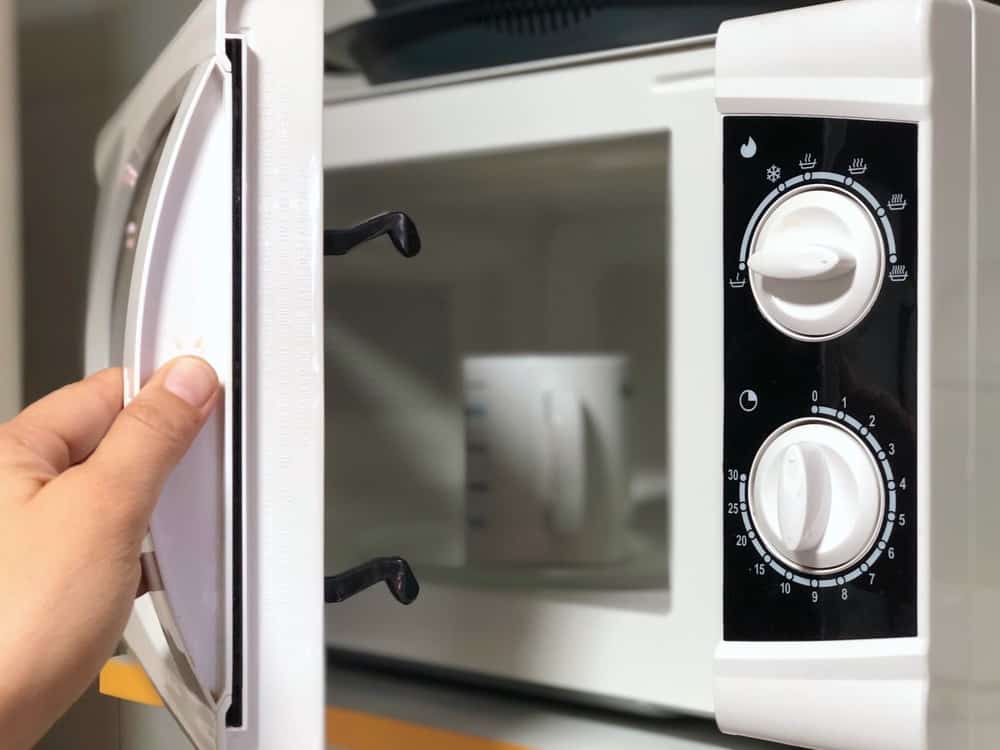
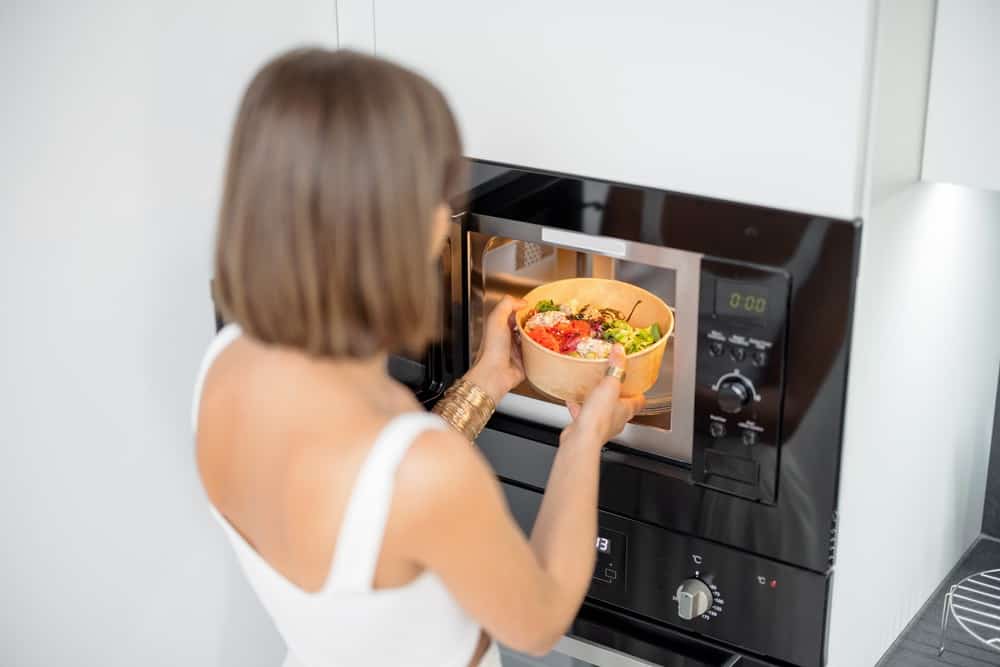
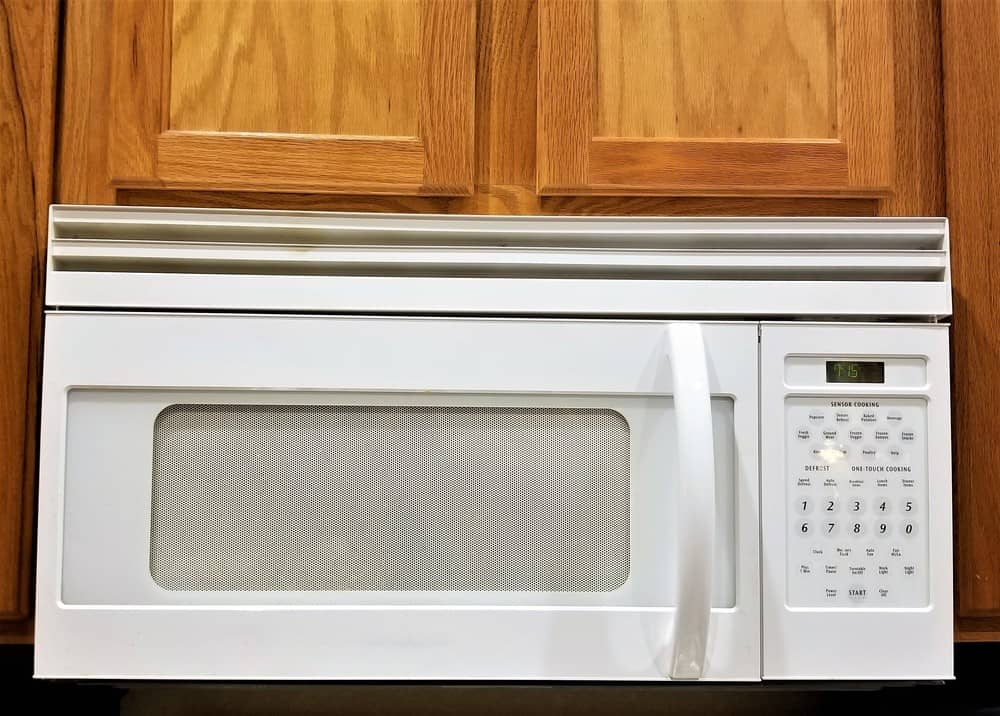
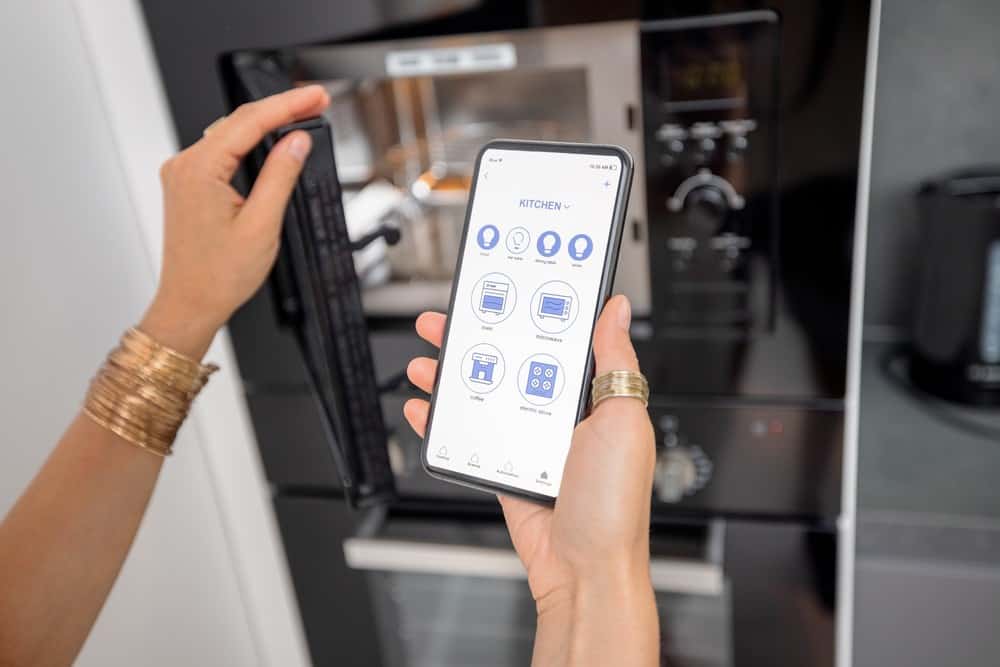
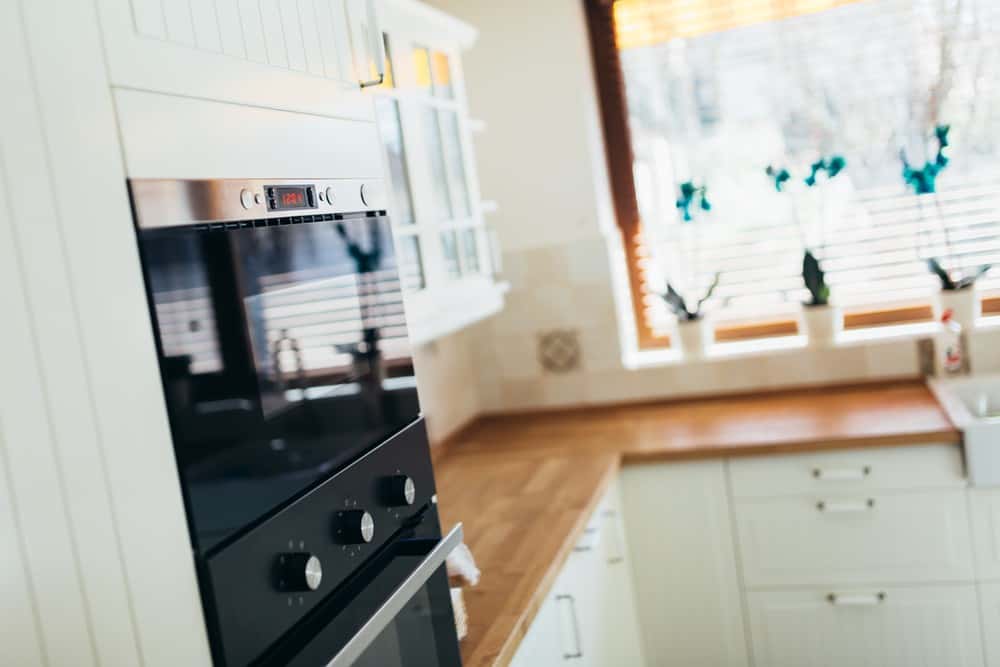
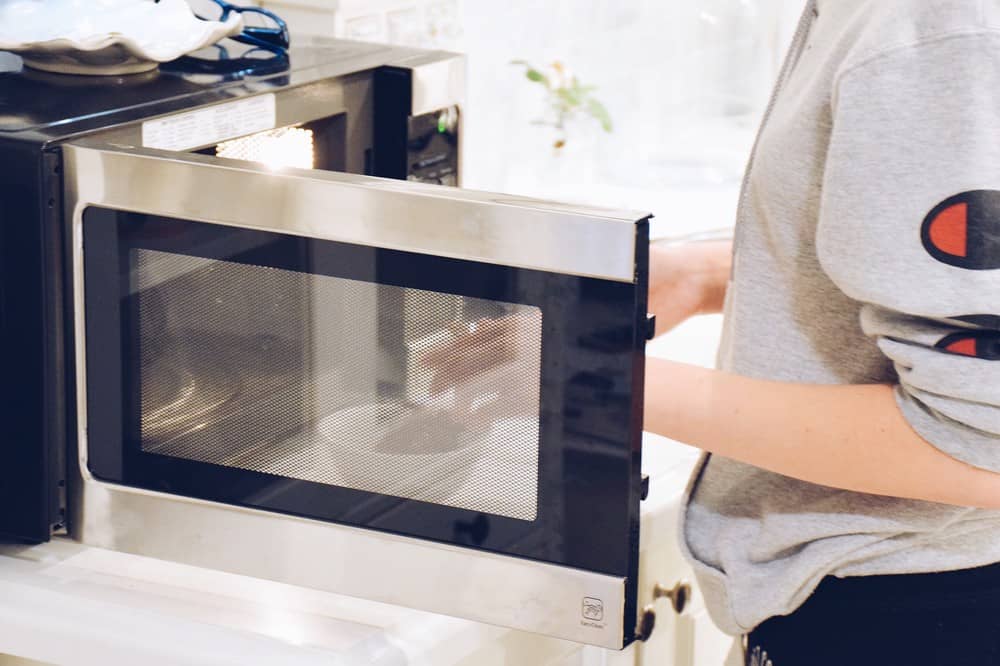

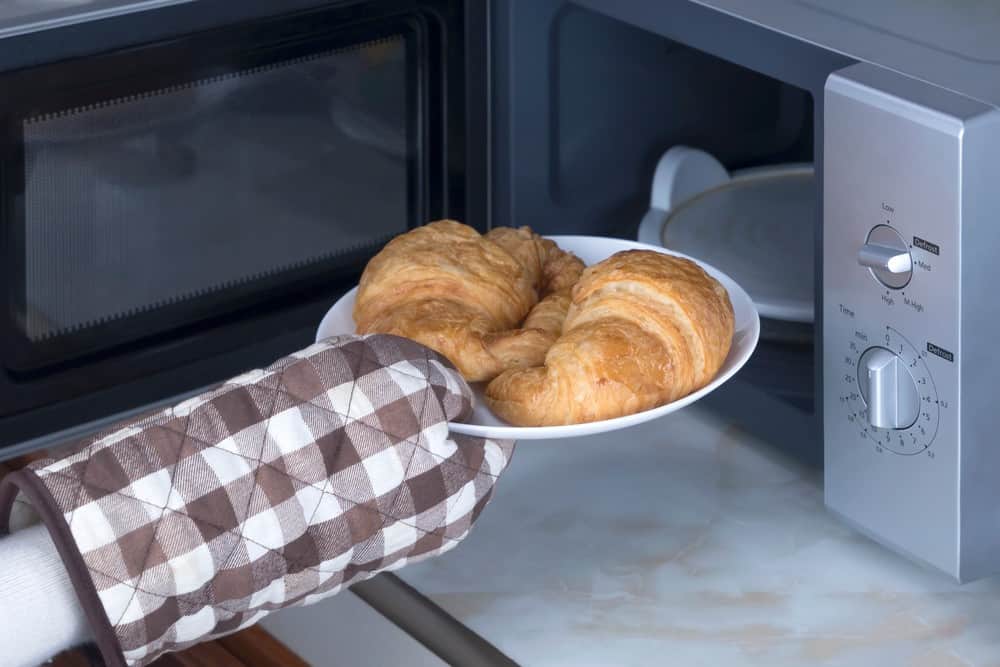
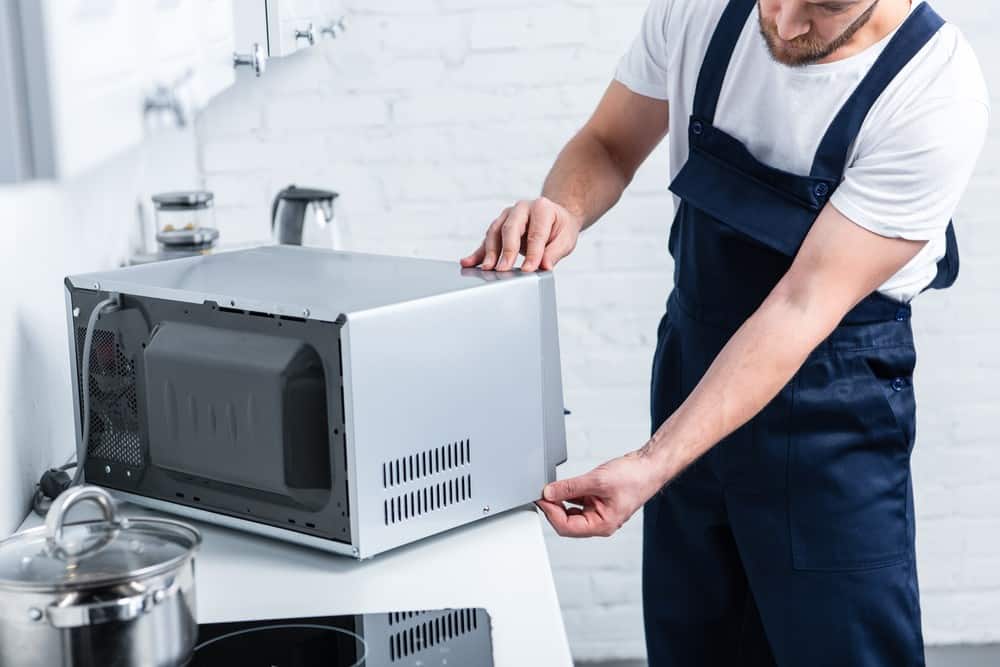
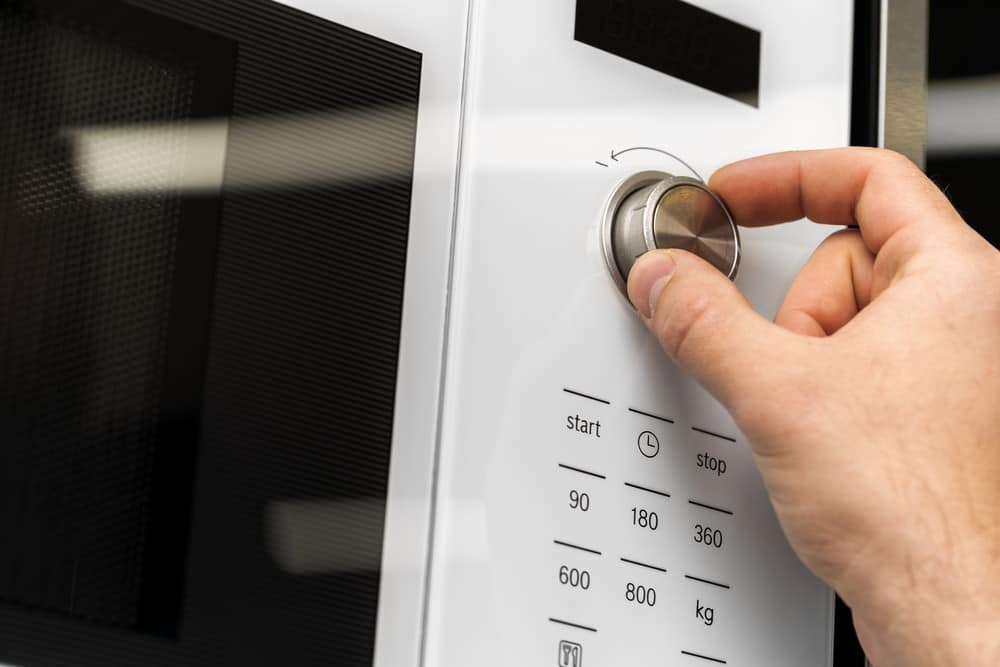
![Best Kitchen Appliances in [year] ([month] Reviews) 27 Best Kitchen Appliances in 2025 (December Reviews)](https://www.gadgetreview.dev/wp-content/uploads/best-kitchen-appliances.jpg)
![Best Whirlpool Microwaves in [year] 28 Best Whirlpool Microwaves in 2025](https://www.gadgetreview.dev/wp-content/uploads/best-whirlpool-microwaves-image.jpg)
![Best Microwave Drawers in [year] 29 Best Microwave Drawers in 2025](https://www.gadgetreview.dev/wp-content/uploads/best-microwave-drawer-image.jpg)
![Best Quiet Microwaves in [year] 30 Best Quiet Microwaves in 2025](https://www.gadgetreview.dev/wp-content/uploads/best-quiet-microwave-image.jpg)
![Best LG Microwaves in [year] 31 Best LG Microwaves in 2025](https://www.gadgetreview.dev/wp-content/uploads/best-lg-microwaves-image.jpg)
![Best Microwaves in [year] ([month] Reviews) 32 Best Microwaves in 2025 (December Reviews)](https://www.gadgetreview.dev/wp-content/uploads/best-microwaves-image.jpg)
![Best Over the Range Convection Microwaves in [year] 33 Best Over the Range Convection Microwaves in 2025](https://www.gadgetreview.dev/wp-content/uploads/best-over-the-range-convection-microwave-image.jpg)
![Best Retro Microwaves in [year] 34 Best Retro Microwaves in 2025](https://www.gadgetreview.dev/wp-content/uploads/best-retro-microwave-image.jpg)
![Best GE Microwaves in [year] 35 Best GE Microwaves in 2025](https://www.gadgetreview.dev/wp-content/uploads/best-ge-microwaves-image..jpg)
![10 Best Samsung Microwaves in [year] 36 10 Best Samsung Microwaves in 2025](https://www.gadgetreview.dev/wp-content/uploads/best-samsung-microwaves-image.jpg)
![10 Best Microwaves for Seniors in [year] 37 10 Best Microwaves for Seniors in 2025](https://www.gadgetreview.dev/wp-content/uploads/best-microwaves-seniors-image.jpg)
![10 Best Microwave Toaster Oven Combo in [year] 38 10 Best Microwave Toaster Oven Combo in 2025](https://www.gadgetreview.dev/wp-content/uploads/best-microwave-toaster-oven-combo-scaled-1.jpg)
![10 Best Panasonic Microwaves in [year] 39 10 Best Panasonic Microwaves in 2025](https://www.gadgetreview.dev/wp-content/uploads/best-panasonic-microwaves.jpg)
![10 Best Microwaves for College Dorms in [year] 40 10 Best Microwaves for College Dorms in 2025](https://www.gadgetreview.dev/wp-content/uploads/best-microwaves-for-college-dorms.jpg)
![10 Best Compact Microwaves in [year] 41 10 Best Compact Microwaves in 2025](https://www.gadgetreview.dev/wp-content/uploads/best-compact-microwave-image.jpg)
![10 Best Convection Microwave Ovens in [year] 42 10 Best Convection Microwave Ovens in 2025](https://www.gadgetreview.dev/wp-content/uploads/best-convection-microwave-oven-image.jpg)
![10 Best Built In Microwaves in [year] 43 10 Best Built In Microwaves in 2025](https://www.gadgetreview.dev/wp-content/uploads/best-built-in-microwave-image.jpg)
